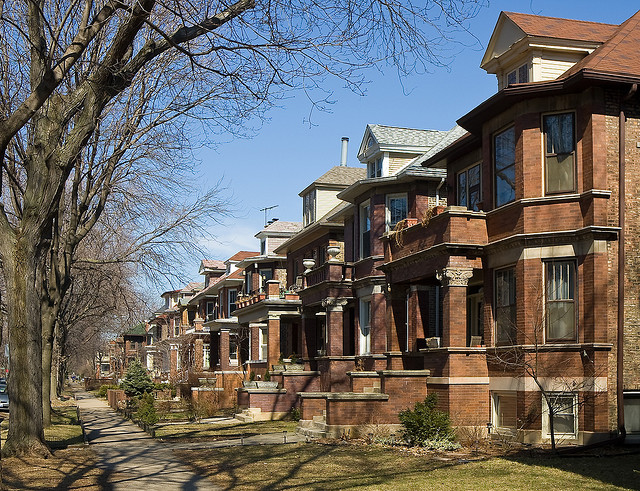This week, we’re running a three-part series on the flawed way that we measure housing affordability. Yesterday, we looked at exactly what’s wrong with one of the most common ways we determine what “affordable” means. Today, we’re looking at an alternative measure, “residual income.” In the final part, we’ll examine the particular challenges of understanding “affordability” for owner-occupied homes.
Yesterday, we investigated some of the shortcomings of the most common index of housing affordability. Most measures rely on a 30% threshold, and suggest that someone is housing-burdened if they pay more than 30 cents per dollar of income on their rent or mortgage. But that figure obscures a lot of other important information: how much money someone has left to pay for other necessities; how much someone will have to pay in other location-related costs, like transportation; and whether the housing purchased is of acceptable quality.
So how might we improve on that?
Well, what the 30% (or 45%) threshold is trying to capture – what the concept of “affordability” really means – is “ability to pay.” What we really want to know, when we ask if housing is affordable, is whether a given person or family can buy themselves acceptable housing without sacrificing any other necessities, from decent food to work-appropriate clothing, child care to retirement savings. We want to know whether the price of housing – including the transportation options that go with that housing – makes you more or less financially capable of living a reasonably comfortable life.

So what would a capability-based housing affordability measure look like? Fortunately, there’s already a good proposal. The “residual income” approach, promoted most notably by University of Massachusetts-Boston professor Michael Stone, looks explicitly at non-housing costs – either for real individual households or an imagined “typical” household meant to represent a particular demographic – and subtracts those from total income. What’s left over – the “residual” – is how much you can afford to spend on housing without sacrificing other necessary payments.
Unlike the 30% threshold, the residual income approach actually measures your ability to pay, which means that it won’t spectacularly fail “tests” like the one in Part 1 of this post. It acknowledges that different people have different spending needs, and that affluent people who choose to buy expensive housing are indulging in a luxury, not suffering from an affordability crisis.
In addition to addressing equity concerns, the residual income approach automatically adjusts for other location-based costs. If choosing to buy a home in a particular place means that transportation costs go up by $300 a month, then the residual income method will require that there be an extra $300 budgeted outside of housing costs in order for that home to be “affordable.”
It’s less clear how to incorporate housing quality. If access to education, for example, is one of the “capabilities” we think is essential, then you might say that anyone whose housing location doesn’t give them access to decent public schools – and who can’t afford to send their children to private schools – doesn’t have access to affordable housing of acceptable quality. But what sorts of cutoffs to use, and what else counts towards “acceptable housing quality,” is obviously up for debate. How to integrate those sorts of concerns into the housing affordability conversation is a difficult question, but one that needs to be acknowledged.

Another issue is that “residual income” is a bit harder to calculate than the 30% threshold, since it requires knowing much more about a given household than just their total income. But it’s far from impossible, and is already being employed at scale by the Department of Veterans Affairs, which uses a version of the residual income approach to qualify veterans for mortgages.
Michael Stone has also worked out how the national affordable housing landscape changes if you use residual income, rather than income ratios, as your yardstick. It turns out that the number of people suffering from unaffordable housing stays roughly the same – it’s just that they’re different people. As in our example above, residual income sees far less of a problem for wealthier, smaller households, and far more of a problem for poorer, larger households.
And when it comes to deciding who to target with affordable housing policies – and how much help they need – that can make a big difference. As affordable housing becomes one of the defining issues for many of our largest, most economically successful cities, making sure we understand what “affordable” really means is crucial. The 30% standard, though sometimes useful as a rule of thumb, is too blunt to be our main tool. It makes sense to shift to an approach that measures whether or not people can afford the makings of a stable life in America, which requires going beyond a simple cost-income ratio. The residual income metric is a good candidate.

